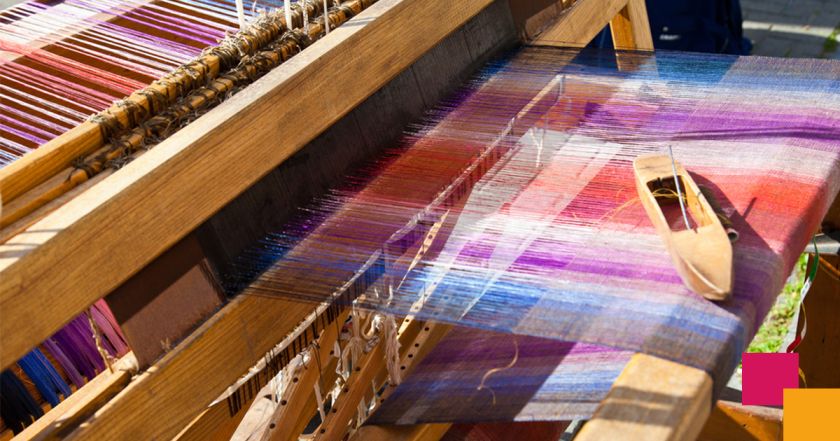What is Handloom?
Handloom refers to the process of manual weaving of fabric, typically operated by hand without the use of electricity. This traditional method of weaving involves interlacing two sets of yarn: the warp (lengthwise threads) and the weft (widthwise threads).


Kanjeevaram saree weaving process, Picture Courtesy: Wikipedia
From Kanjeevaram silk from Tamil Nadu, Pashmina from Kashmir, Banarasi silk from Uttar Pradesh, Muga Eri and Paat Silk from Assam, Ikat textiles from Telangana, India is well-known for its rich cultural heritage of handloom.

Handloom fabrics are extremely sought after compared to machine-made fabrics because of the considerable time and labor invested in their crafting. These looms or weaving devices are operated either entirely or partially by hand or foot power, employing traditional methods that demand significant skill and proficiency from the artisans. In numerous Indian states, handloom craftsmanship is a tradition often passed down through generations and is celebrated for its cultural significance and craftsmanship.
Additionally, handloom fabrics are considered sustainable as they are typically made from natural fibers and involve minimal chemical usage and resource consumption. This inherent characteristic contributes to its sustainability. We source our Handloom Fabric from our weaving partners in Kerala, Tamil Nadu, Bihar and West Bengal.

